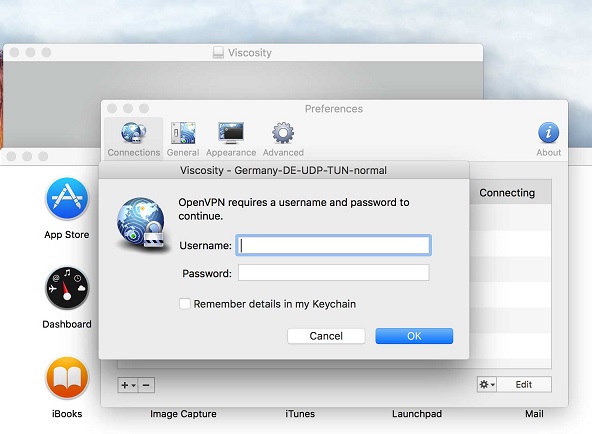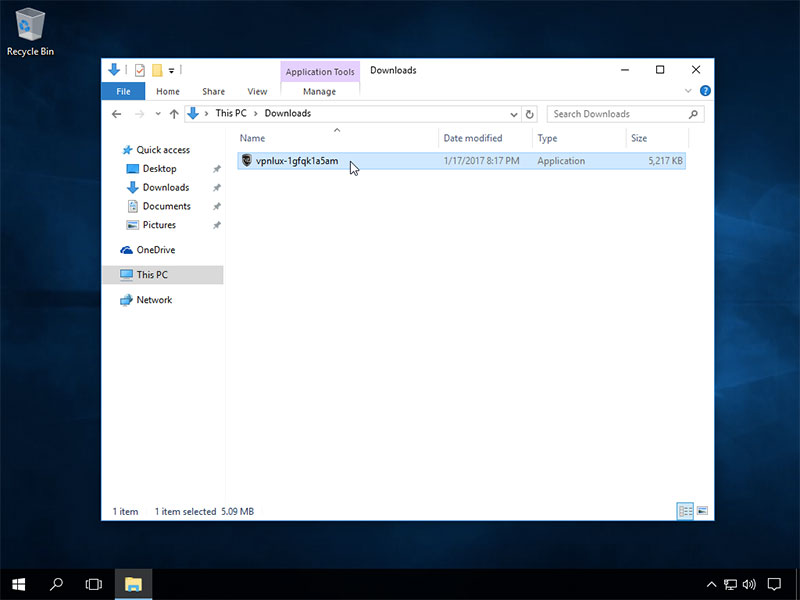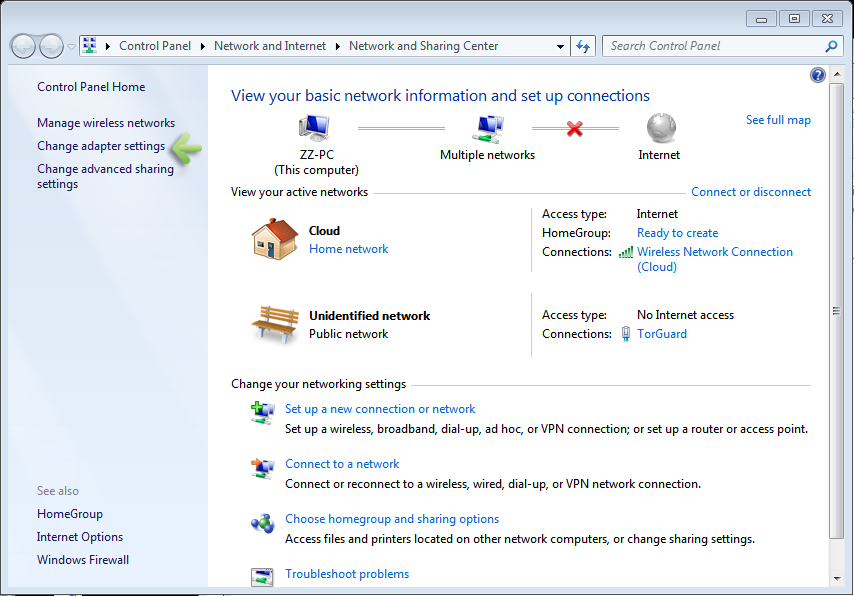

Preparing configuration files for IPsec.Creating Alpine Linux VM on Synology Diskstation 6.Next stepsįor more information, see Create an Azure AD tenant for P2S Open VPN connections that use Azure AD authentication. You can import the profile from a command-line prompt by placing the downloaded azurevpnconfig.xml file in the %userprofile%\AppData\Local\Packages\Microsoft.AzureVpn_8wekyb3d8bbwe\LocalState folder and running the following command: azurevpn -i azurevpnconfig.xml How do I block (exclude) routes from the VPN client?Ĭan I import the profile from a command-line prompt? How do I add custom routes to the VPN client? Profile XML: You can modify the downloaded profile XML file to add the tags. For more information, see Advertise custom routes for P2S VPN clients. As a result, all traffic bound for the Internet is dropped.Īdvertise custom routes: You can advertise custom routes 0.0.0.0/1 and 128.0.0.0/1. Internet connectivity is not provided through the VPN gateway. How do I add custom DNS servers to the VPN client?

You can modify the downloaded profile XML file and add the tags. How do I add DNS suffixes to the VPN client?
#Viscosity vpn tutorial windows#
On the Connection Properties page, select Run Diagnosis.įAQ Is the Azure VPN Client supported with Windows FIPS mode? next to the VPN connection that you want to diagnose to reveal the menu. To diagnose connection issues, you can use the Diagnose tool. Select the ellipses next to the client profile that you want to delete. Select the location that you want to save this profile to, leave the file name as is, then select Save to save the xml file.

Highlight the VPN client profile that you want to export, select the.

Once you have a working profile and need to distribute it to other users, you can export it using the following steps: Select Connect to initiate the VPN connection. Make sure the connection that you want to set isn't already connected, then highlight the profile and check the Connect automatically check box. Select Yes on the switch apps dialogue box. On the home page for your VPN client, select VPN Settings. These steps help you configure your connection to connect automatically with Always-on. Once successfully connected, the icon will turn green and say Connected. Select the proper credentials, then select Continue. After filling out the values, select Save. If you're unsure of the values, contact your administrator. Once connected, the icon will turn green and say Connected.įill out the connection information. Specify the name of the profile and select Save. The file is located in the AzureVPN folder of the VPN client profile configuration package.īrowse to the profile xml file and select it. Import the profile fileįor Azure AD authentication configurations, the azurevpnconfig.xml is used. After you generate the package, follow the steps to extract the profile configuration files. To generate the VPN client profile configuration package, see Working with P2S VPN client profile files. Generate the VPN client profile configuration package In the right pane, you can see the client version number. Go to the bottom of the client and click. To verify the installed client version, open the Azure VPN Client. Verify that the Azure VPN Client has permission to run in the background.
#Viscosity vpn tutorial install#
Install the Azure VPN Client to each computer.
#Viscosity vpn tutorial download#


 0 kommentar(er)
0 kommentar(er)
